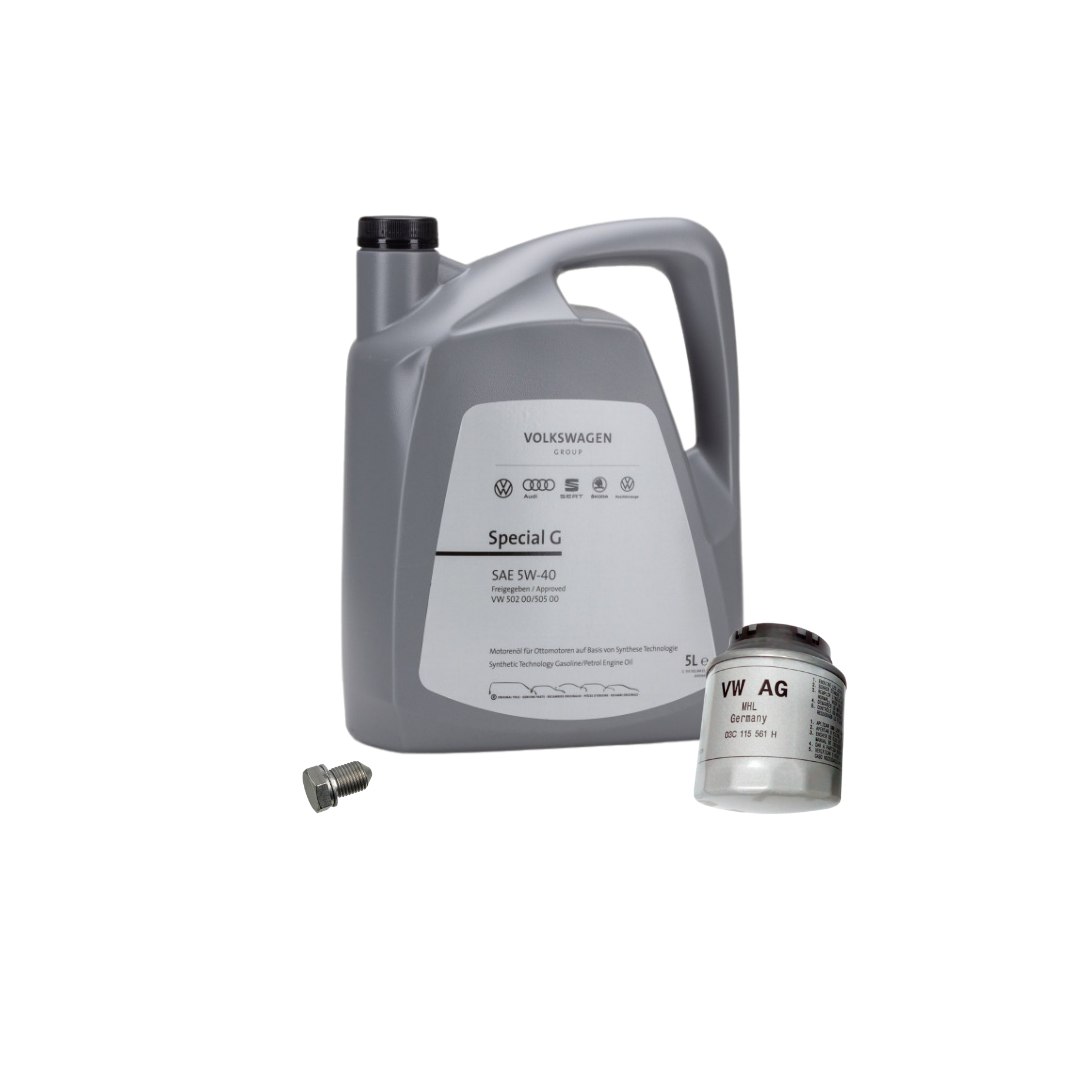Reduce maintenance costs with a well-built clp engine.
Wiki Article
Exactly How a Clp Engine Can Boost Effectiveness in Various Industries
The development of CLP engines marks a significant shift in functional efficiency throughout various markets, driven by their capability to enhance gas usage and lessen downtime. As companies significantly prioritize sustainability alongside performance, the duty of CLP engines comes to be even much more vital.Overview of CLP Engines
CLP engines, or Continual Fluid Propellant engines, stand for a substantial innovation in propulsion innovation, especially for room applications. These engines use a constant feed system that permits for the sustained expulsion of propellant, bring about enhanced performance and efficiency contrasted to traditional strong or hybrid propulsion systems. By keeping a consistent flow of liquid propellant, CLP engines can attain extra accurate drive control, which is crucial for steering spacecraft in numerous objective circumstances.The style of CLP engines integrates advanced materials and innovative fuel administration systems. clp engine. This causes reduced weight and raised reliability, essential factors for long-duration area missions. The continual procedure decreases the danger of combustion instability, a common difficulty in standard rocket engines.

Benefits in Production
The manufacturing of Continuous Liquid Propellant (CLP) engines presents a number of significant advantages that improve both performance and cost-effectiveness. One of the main advantages is the streamlined manufacturing process, which reduces the intricacy associated with conventional propulsion systems. By using fluid propellant, manufacturers can attain greater precision in engine efficiency, resulting in maximized energy outcome and lowered waste.In addition, CLP engines help with a greater degree of modularity, permitting simpler integration right into numerous production lines. This adaptability can significantly reduce lead times and boost overall functional flexibility. Making use of CLP innovation additionally often tends to reduce the demand for comprehensive maintenance due to less moving parts, which equates into minimized downtime and functional costs.

Applications in Logistics
Leveraging Continuous Fluid Propellant (CLP) engines in logistics offers significant advantages in functional performance and reliability. These engines give a robust option for different transport needs, allowing the seamless motion of items across vast ranges. The intrinsic style of CLP engines permits constant power output, which translates into smoother and more predictable transport timetables.Among the key applications of CLP engines in logistics is in durable products transportation, where they can drive both ground and aerial cars. Their capability to maintain high performance under differing tons problems ensures that delivery timelines are satisfied, thus enhancing client contentment. In addition, CLP engines can be integrated into automated logistics systems, assisting in real-time monitoring and optimizing route planning.
In addition, the longevity of CLP engines minimizes upkeep downtime, enabling logistics business to maximize their functional capacities. This is particularly helpful in warehousing procedures, where efficiency in taking care of and transporting goods is critical. As logistics proceeds to develop, the combination of CLP engines represents a forward-thinking technique that not just enhances performance yet additionally sustains the industry's expanding demands for dependability and speed.
Influence on Energy Effectiveness
Exactly How do Continuous Fluid Propellant (CLP) engines boost power performance in transportation? CLP engines utilize a constant circulation of fluid fuel, optimizing burning processes and maintaining a stable drive output. This design lessens energy losses connected with standard burning engines, where gas distribution can differ and result in inefficiencies.The continuous operation of CLP engines permits for an extra check my source reliable thermal cycle, resulting in greater particular impulse compared to traditional engines. clp engine. This equates to lowered fuel intake for the exact same amount of work done, substantially decreasing functional costs throughout different transport fields, including aeronautics and maritime sectors
Furthermore, the ability of CLP engines to preserve optimum efficiency under varying tons problems minimizes the need for constant velocity and slowdown, additionally boosting fuel efficiency. Boosted power effectiveness not just contributes to cost savings but also results in reduce greenhouse gas discharges, lining up with global sustainability goals.
Future Trends and Innovations
Arising improvements in Continuous Liquid Propellant (CLP) engine modern technology promise to revolutionize the landscape of transportation performance and sustainability. As markets pivot towards greener options, CLP engines stand at the leading edge, read integrating ingenious materials and style techniques that enhance performance while minimizing environmental impact.One of the most promising trends is the fostering of crossbreed systems that incorporate CLP engines with renewable power sources. This harmony can maximize gas usage and minimize exhausts, lining up with international sustainability objectives. Moreover, improvements in computational fluid dynamics (CFD) are assisting in the design of more aerodynamically effective engines, bring about reduced drag and improved gas performance.
In addition, the growth of smart tracking systems is readied to boost operational efficiencies. These systems utilize data analytics and IoT modern technology to maximize engine efficiency in real-time, making sure that the engines run within their most effective criteria.
As study proceeds to discover alternative propellant solutions-- such as biofuels and synthetic fuels-- the future of CLP engines looks appealing. By utilizing these developments, markets can not only enhance their performance yet also contribute significantly to a cleaner, a lot more sustainable future in transportation.
Verdict
In final thought, CLP engines represent a considerable improvement best site in effectiveness throughout numerous markets. The assimilation of innovative products and fewer moving parts decreases maintenance needs, while positioning with sustainability goals placements CLP engines as a pivotal modern technology for the future.Report this wiki page